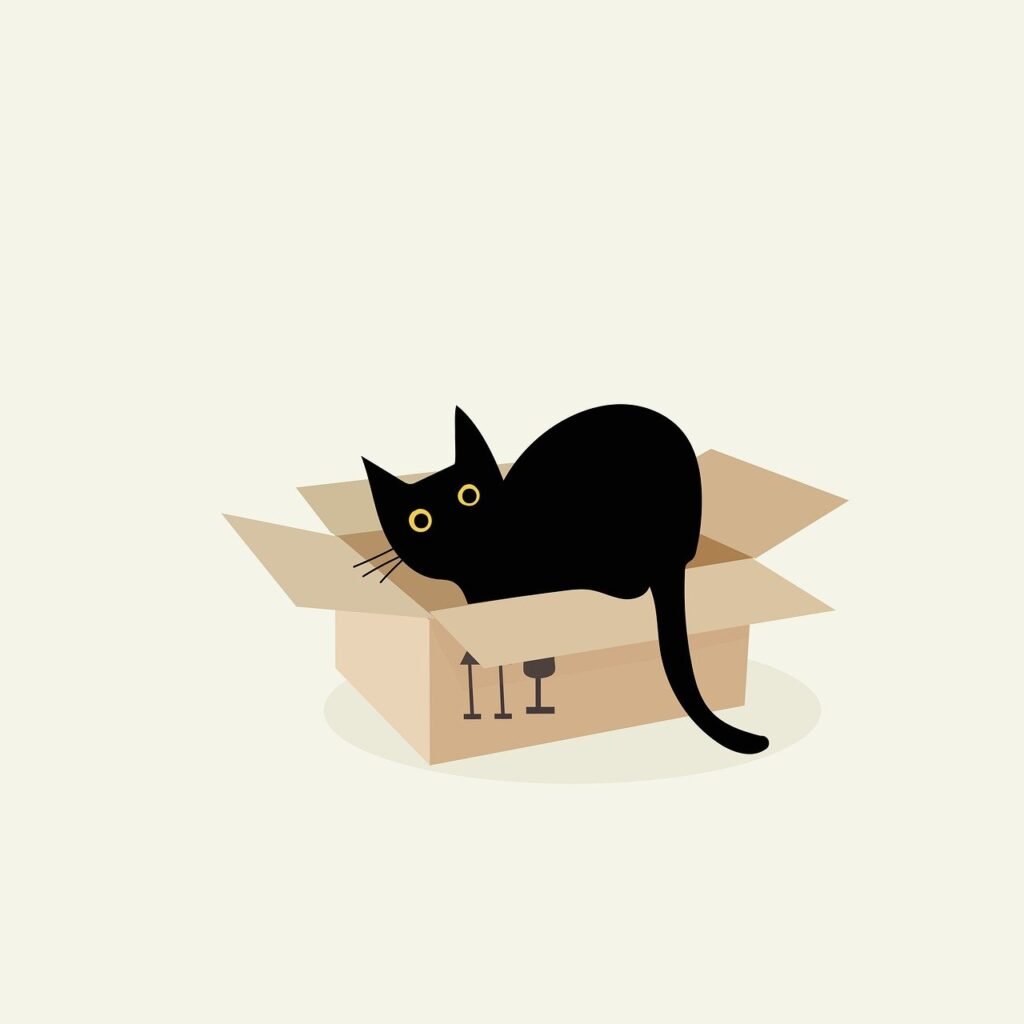Schrödinger’s cat is a famous thought experiment in quantum mechanics proposed by the Austrian physicist Erwin Schrödinger in 1935. The experiment was designed to illustrate the concept of superposition and the implications of the Copenhagen interpretation of quantum mechanics.
In the thought experiment, a cat is placed in a sealed box along with a radioactive atom, a Geiger counter, a vial of poison, and a hammer. The experiment is set up in such a way that if the Geiger counter detects a decay event from the radioactive atom, it triggers the hammer to break the vial of poison, which would kill the cat. However, if no decay event is detected, the cat remains alive.
According to quantum mechanics, until the box is opened and observed, the radioactive atom exists in a superposition of both decayed and undecayed states simultaneously. Therefore, the cat is also in a superposition of being both alive and dead at the same time.
This scenario highlights the concept of quantum superposition, where a particle can exist in multiple states simultaneously until it is observed or measured. Schrödinger used the example of the cat to illustrate the absurdity and paradoxical nature of quantum mechanics when applied to macroscopic objects.
While Schrödinger’s cat is a theoretical construct and not an actual experiment that can be performed on a real cat, it remains a widely used metaphor to explain the peculiarities of quantum mechanics and the challenges of interpreting the nature of reality at the quantum level.
